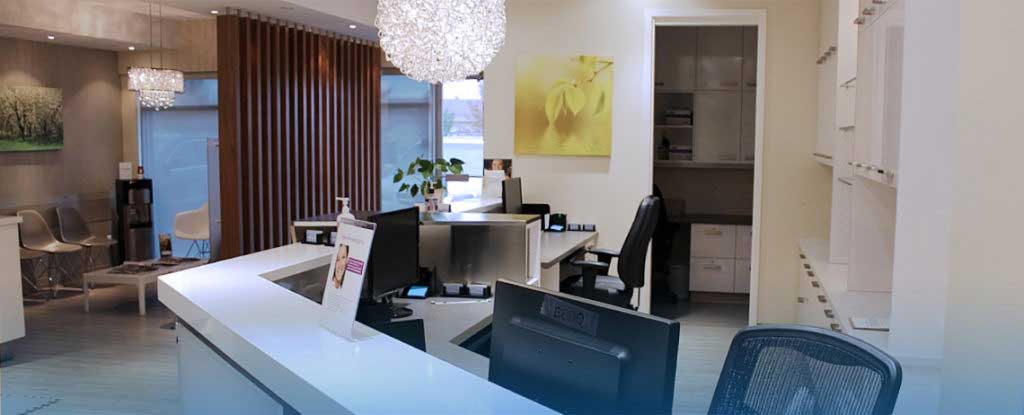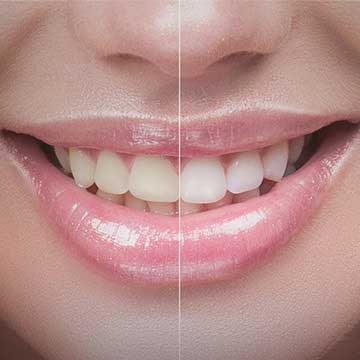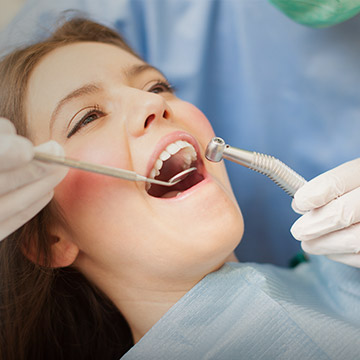What is Orthodontic Treatment?
Orthodontic treatment is a type of specialty dentistry that focuses on aligning the teeth and jaws. These treatments often involve attachments or devices that apply gentle pressure to the teeth and jaws to guide them into place.
Many people struggle with crooked teeth and misaligned jaws, which can make it difficult to eat, speak, and follow good hygiene practices. Additionally, crooked teeth can make an impact on your child’s self-esteem.
What Can Orthodontic Treatment Correct?
Orthodontics can correct a myriad of problems in the mouth. The most common problems are called malocclusions, or orthodontic misalignments. Malocclusions can be the result of jaw growth problems, missing or extra teeth, and spacing or crowding problems.
Malocclusions can also refer to how your top and bottom teeth fit together, or your “bite.” If your child’s teeth do not fit together correctly, it can be difficult to chew, and some teeth may begin to wear unevenly. Additionally, a “bad bite” may contribute to muscle tension and pain in the jaw, neck, and shoulders.
Benefits of Orthodontic Treatment
Crooked teeth, spacing problems, and improper bites all come with unique issues. Orthodontics was designed to make oral health more accessible and to prevent future injury.
Straightening teeth makes it easier to brush and floss the teeth properly. With overcrowded teeth, some teeth may overlap with other teeth, making it difficult to clean between them.
Straightening teeth can also reduce some speech impediments caused by the teeth, such as lisps.
Correcting a bite can reduce strain on the temporomandibular joint (TMJ) and associated muscles, making it easier to bite, chew, and speak.
Beyond reducing discomfort and improving quality of life, orthodontic treatment can significantly improve self-confidence. Crooked teeth, improper bites, and their related issues can cause deep-rooted self-esteem problems, so correcting the underlying cause can help your child feel good about themselves again.
Types of Orthodontics
There are different types and styles of orthodontics that may suit certain situations more than others. When looking for information on what type of orthodontics may work best for your child, it’s important to know all the facts.
Traditional Braces
Traditional braces are the most common type of orthodontic dentistry used to straighten teeth. Metal braces are applied directly to the teeth, which use continuous pressure to move them into alignment.
Typical styles of braces involve the use of brackets, wires, and elastic bands. In more complex or severe cases, headgear or permanent fixtures may be required.
Braces can be used for virtually any severity of teeth misalignment. More complex cases may require longer treatments with different appliances, but braces can correct most malocclusions.
Braces are applied to the teeth using dental cement or bonding. They are typically worn between 1 to 3 years, depending on your child’s mouth and complexity of the problem. They are not removable and may require some minimal lifestyle changes in regards to diet and cleaning the teeth.
Traditional braces typically require adjustments done by your orthodontist. The wires are changed periodically and may cause some discomfort for a few days.
After treatment has been completed, your child will have to wear a retainer to ensure teeth don’t move back once their braces are removed.
Invisalign
Invisalign is a clear alternative for metal braces that has increased in popularity since its conception in 1997. The clear aligners apply enough pressure to straighten teeth and are removable.
Your dentist or orthodontist will take a mould of your mouth and create a series of clear plastic aligners that are strong enough to put pressure on teeth to guide them into place. These aligners will have to be replaced every 1 to 2 weeks to continue to shift and move the teeth.
Every new aligner may cause mild discomfort for a few days while your child’s teeth get used to the new pressure. Regular visits to the dentist or orthodontist are required to supervise the Invisalign treatment. Just as with traditional braces, retainers must be worn to ensure the teeth stay in their new position.
Invisalign aligners need to be worn between 20-22 hours a day but must be removed to eat, drink, and clean your teeth. Invisalign requires your child to be diligent about wearing their aligners, removing them, and cleaning them. Since the aligners are removable, they can be misplaced. Parents must consider the personality of their child and consider whether they will be cooperative in wearing their aligners.
Clear aligners can be used to correct many different types of orthodontic problems and are best placed once all the permanent teeth are erupted. They are virtually invisible when the patient smiles which makes them an attractive alternative to braces.
So, Which is Best for My Child?
When seeking orthodontic treatment for your child, the best advice is to consult with your dentist or orthodontist. They will evaluate your child’s teeth, lifestyle, and goals, so they can make an educated recommendation on what will suit them best.
Overall, braces are typically better for children with complex problems such as severe overcrowding, missing teeth, and significant bite misalignment.
Invisalign can treat many orthodontic problems and an evaluation of your child will determine whether Invisalign is a good fit.
At Otara Dental, we are happy to steer you in the right direction regarding orthodontic treatment. Please give us a call today!








